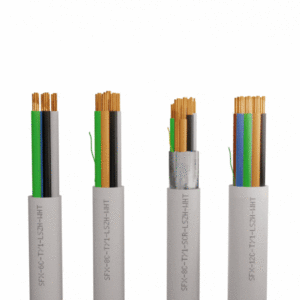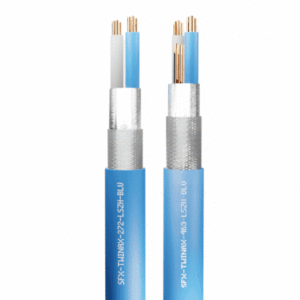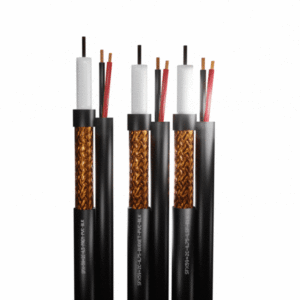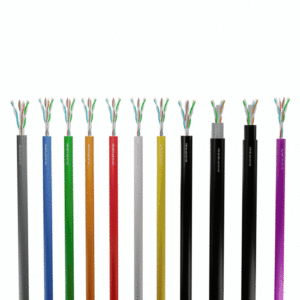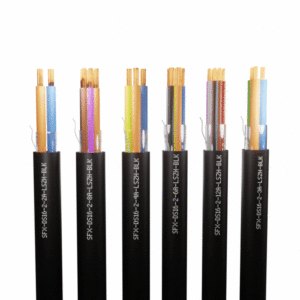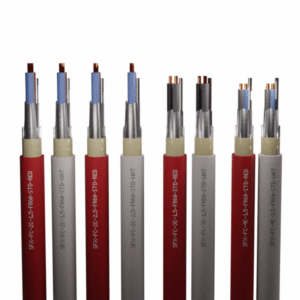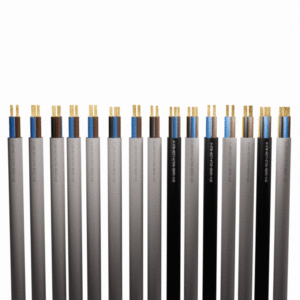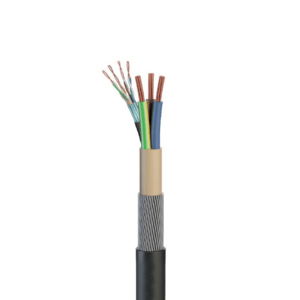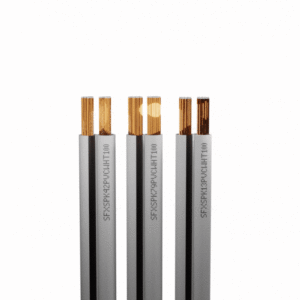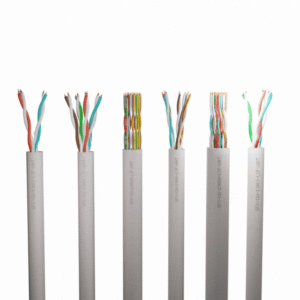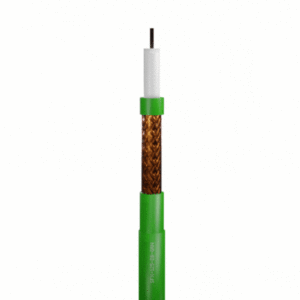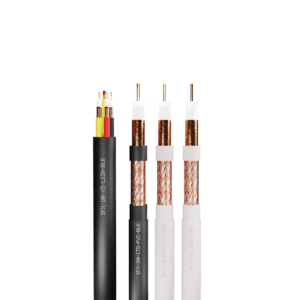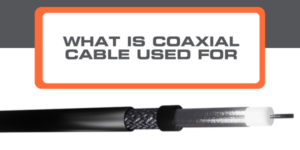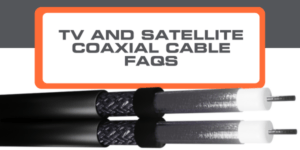Why are Coaxial Cables essential components in cable TV and satellite systems?
In a world driven by technology and entertainment, the role of Coaxial Cables in TV and satellite systems is crucial.
These cables help our Televisions to transmit the signals that bring us programmes such as; news, sports, movies, and many more.
In this article, we look into coaxial cables, their history, design, and the role they play.
As well as highlighting their harmony with set-top boxes, modems, and dish installations.
A Brief History of Coax Cables
Coaxial Cables date back to the early 20th century, when engineers such as Oliver Heaviside and George Ashby founded this technology.
Coaxial Cables, often called “Coax Cables,” entered the limelight during World War II, primarily for military communication applications.
Their design, features a central conductor, an insulating layer, a metallic shield, and an outer insulating layer. These made them ideal for transmitting high-frequency signals across extensive distances.
The Anatomy of Coaxial Cables
The structure of coaxial cables is crucial to their role in cable TV and satellite systems.
What are the key components of TV/Satellite Coaxial Cables?
- Central Conductor – At the core of the coaxial cable is a solid or stranded wire that carries the electrical signals. In cable TV and satellite systems, this conductor carries the audio and video signals.
- Insulating Layer – Surrounding the central conductor, is an insulating material that prevents signal interference or leakage. Typically, materials such as foam or plastic make up this insulating layer.
- Metallic Shield – To protect the signal from EMI, a metallic shield made of aluminium or copper, encases the insulating layer. This shield also helps maintain the cable’s impedance.
- Outer Insulating Layer – The final layer is another insulating material that provides additional protection and insulation for the cable.
Coaxial cables efficiently carry a wide range of analogue and digital signals, including TV broadcasts, internet data, and telephone service.
How do these fit into the TV ecosystem and their compatibility with set-top boxes and modems?
Coaxial Cables are the lifeline of cable television systems. They play an important role in delivering a wide array of both analogue and digital signals which includes:
- TV broadcasts
- Internet data
- Telephone services
Here’s how coaxial cables seamlessly integrate into the cable TV ecosystem, alongside their compatibility with set-top boxes and modems:
- Signal Transmission – Cable providers transmit television signals, comprising audio and video data, directly to homes through a network of coaxial cables.
- Reliability – Renowned for their reliability, coaxial cables ensure that viewers receive uninterrupted and crystal-clear signals, even in adverse weather conditions.
- High Bandwidth – Coaxial cables boast the capacity to carry high-definition (HD) and ultra-high-definition (UHD) signals. This guarantees viewers sharp and detailed images for an enhanced viewing experience.
- Two-way Communication – An essential feature of Coaxial Cables is their ability to facilitate interactive cable TV services. This includes video-on-demand (VOD) and pay-per-view (PPV). This is by enabling two-way communication between the viewer and the cable provider.
- Compatibility with Set-Top Boxes – Set-top boxes, are vital for decoding and displaying cable TV signals. Set-top boxes connect to Coaxial Cables which act as the signal travels from the provider to the set-top box. This subsequently converts it into a format suitable for display on the television.
- Modem Connectivity – Many cable TV systems offer internet services, and coaxial cables are fully compatible with cable modems. These modems utilise the same cable infrastructure to deliver high-speed internet access to households. In turn, this allows them to enjoy both cable TV and internet services through a single coaxial connection.
Coaxial Cables in Satellite Systems
Beyond TV/Satellite, Coaxial Cables also play a pivotal role in satellite systems. They ensure that households can access an array of channels and services.
Here’s how these cables seamlessly integrate into satellite TV, alongside their compatibility with satellite dish installations:
- Signal Reception – Satellite dishes, strategically mounted on rooftops or other suitable locations, capture signals from orbiting satellites. Coaxial cables then transmit these signals to the satellite receiver housed within the home.
- Signal Quality – Coaxial cables are vital in maintaining the strength and integrity of signals. This ensures that the data received is high quality, and ideal for conversion into high-definition or standard-definition TV signals.
- Versatility – These cables are impressively versatile, capable of carrying signals from multiple satellite receivers to various televisions within a household. This flexibility facilitates multi-room viewing, catering to the diverse preferences of family members.
- Durable and Weather-Resistant – Satellites are often exposed to harsh environments, therefore cables in satellite systems are designed to be weather-resistant and durable. This ensures consistent performance, even in challenging environmental conditions.
- Compatibility with Dish Installations – Coaxial cables are the backbone of satellite dish installations. They serve as the direct link between the satellite dish and the satellite receiver. These cables are designed to handle the frequencies for satellite signal transmission, which guarantees a seamless connection between the dish and the receiver.
In Summary:
The significance of Coaxial Cables in TV and Satellite Systems underscores their enduring importance in our modern world.
These unassuming cables operate modestly, guaranteeing the precise and reliable delivery of our beloved shows and channels to our screens.
As technology continues to advance, Coaxial Cables will continue to evolve, remaining a fundamental component of our entertainment infrastructure.
They seamlessly integrate with a variety of devices and installations, such as set-top boxes, modems, and satellite dishes.
For more information, get in touch with our friendly team!

